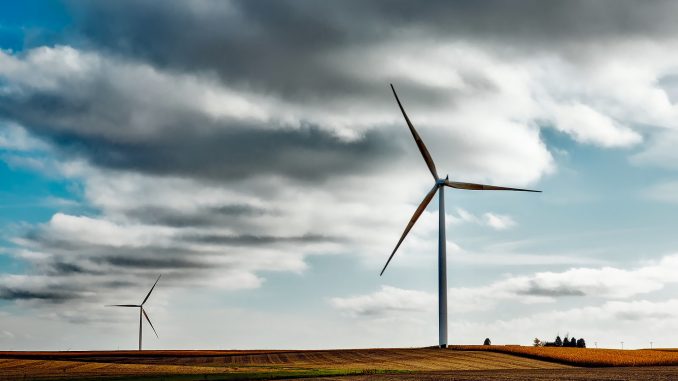
Renewable electricity comes from energy sources that are rapidly replenishing. The sun’s rays are the common denominator for most of them.
Solar cells utilize the sun’s rays directly to produce electricity, but since the weather system is powered by the sun’s energy, it is also behind wind and hydropower. Wind continuously occurs and rain replenishes the waterways.
Today, almost one-third of human electricity supply comes from renewable energy sources. If the system is to be sustainable and not jeopardize the development of life on earth, more electricity needs to be generated by sun, wind and water and less by fossil fuels.
Sun Wind and water
The sun’s rays can be used directly for solar power. Or indirectly to wind power and hydropower. The geothermal energy is heat stored under the earth’s surface since the solar system formed four billion years ago. The only renewable energy source that is not dependent on the sun is the tidal power, where it is primarily the moon’s gravity that creates the energy.
Fossil fuels
Fossil fuels such as coal, oil and gas are not included in renewable energy sources. The reason is that they are created during such a long process that we cannot replace the quantities we consume. By contrast, biofuels such as root sludge, old plant parts and grain are considered to be renewable, as the soils they grow on are planted time and time again and bind large amounts of carbon dioxide.
Nuclear power
Nor is nuclear power counted as a renewable energy source, at least not in the form it is today. Uranium and other very heavy elements that can be used as fuel may run out.
However, if we were to find a way to extract energy from substances of which there are large quantities, or in a way that does not usually use a finite resource, nuclear power would in itself be seen as a renewable energy source. The so-called fusion force that is at the experimental stage could, in theory, use hydrogen isotopes in seawater as fuel.
The environment
In principle, renewable electricity sources are considered to be environmentally friendly, but that does not mean that the power plants that are built to use energy are environmentally neutral. Hydropower development has a number of different disadvantages to the local environment, even far from the power plant itself. Wind power has been found to affect both winds and birds’ lives, and although biofuels are used to heat houses and properties, the air is polluted by small particles of sulfur and other less healthy substances.
Leave a Reply